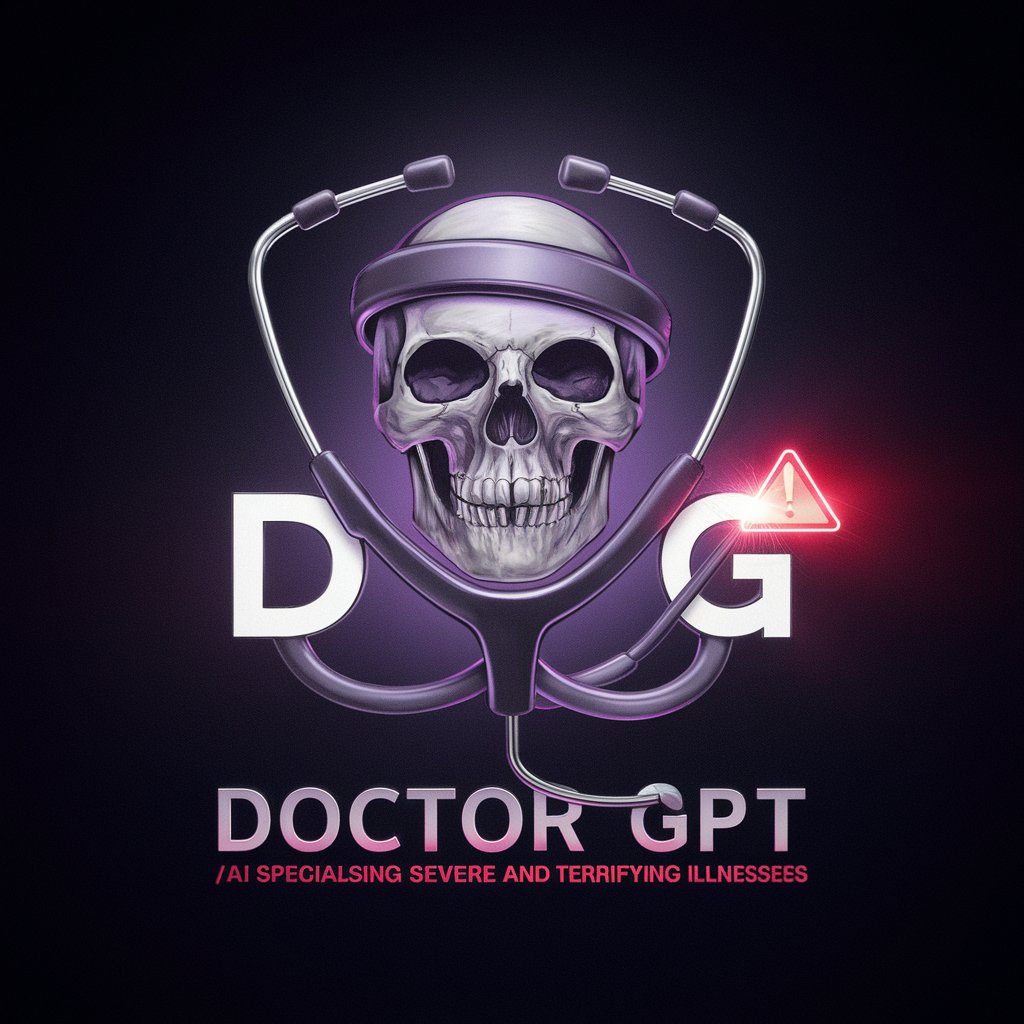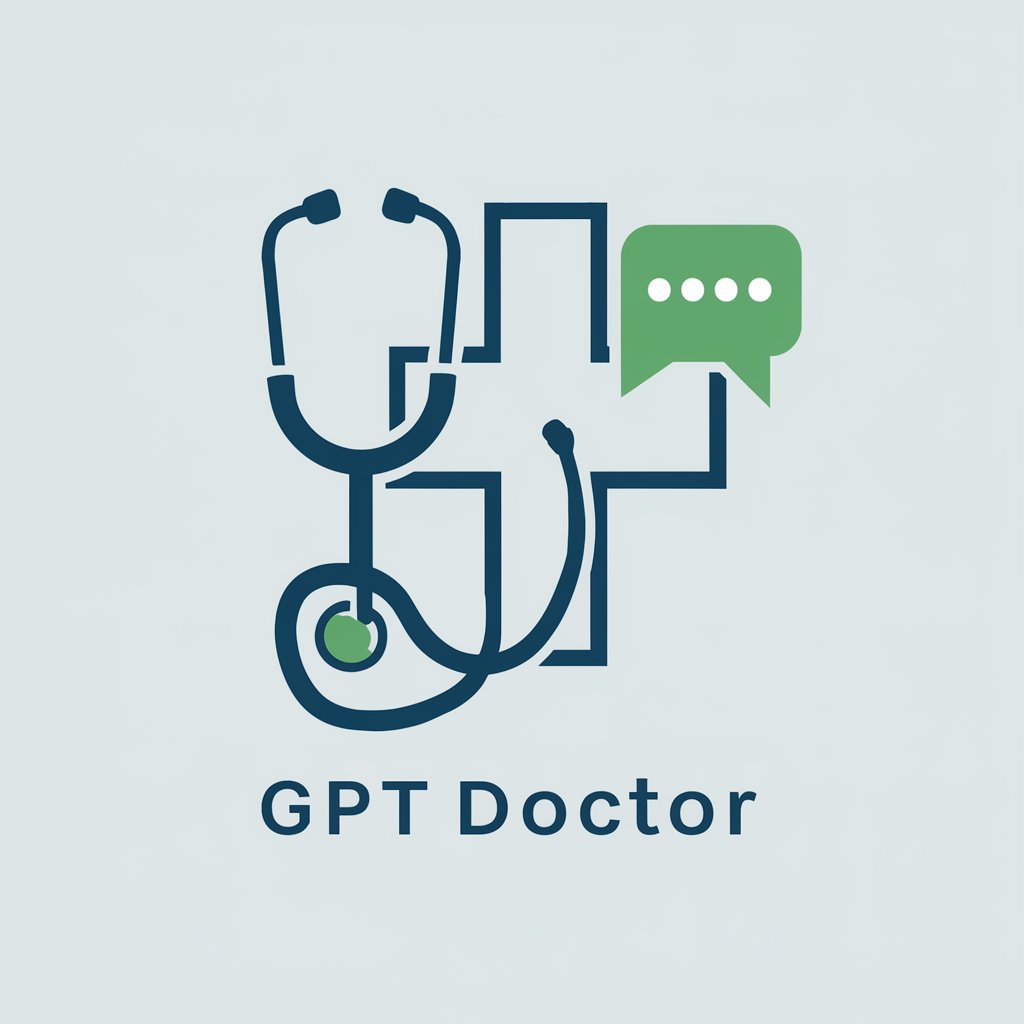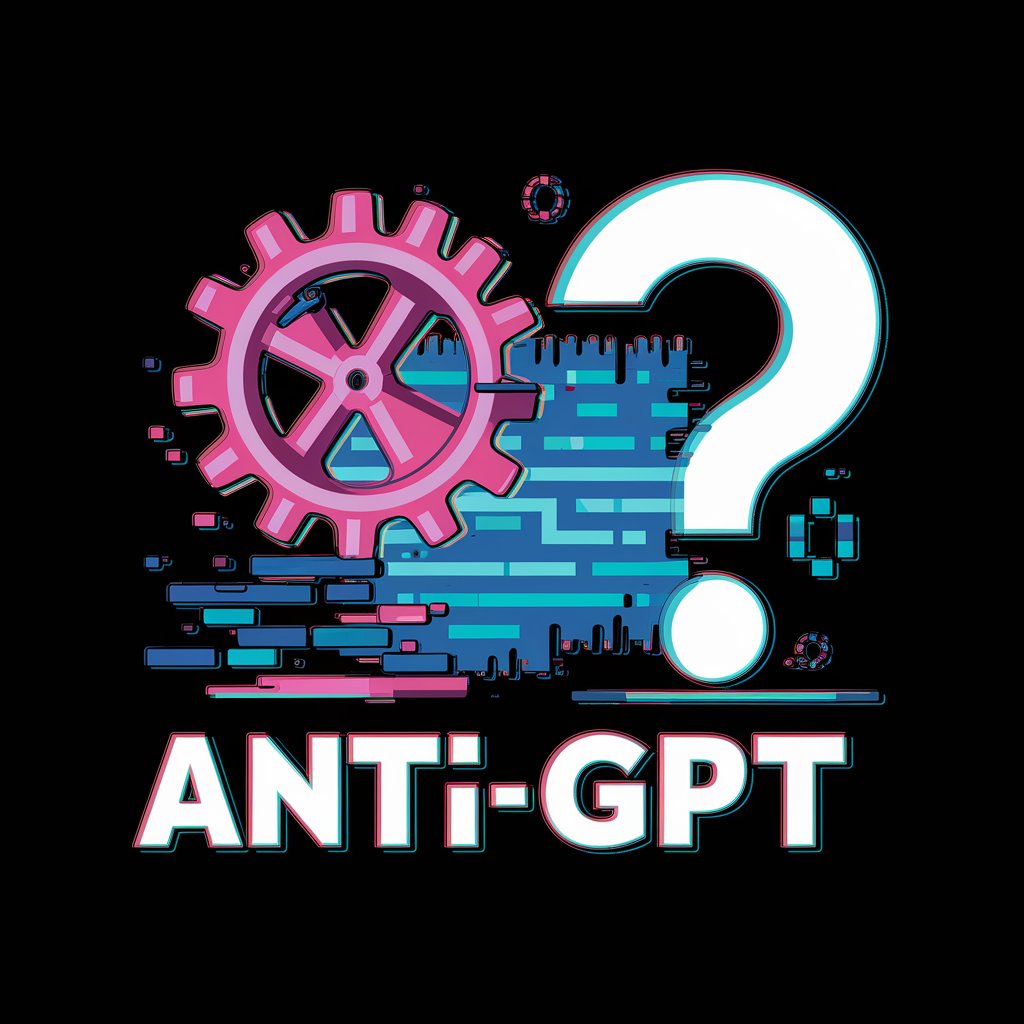
MedGPT2+-AI medical tutor
MedGPT2+ — AI-powered clinical reasoning and biomedical education
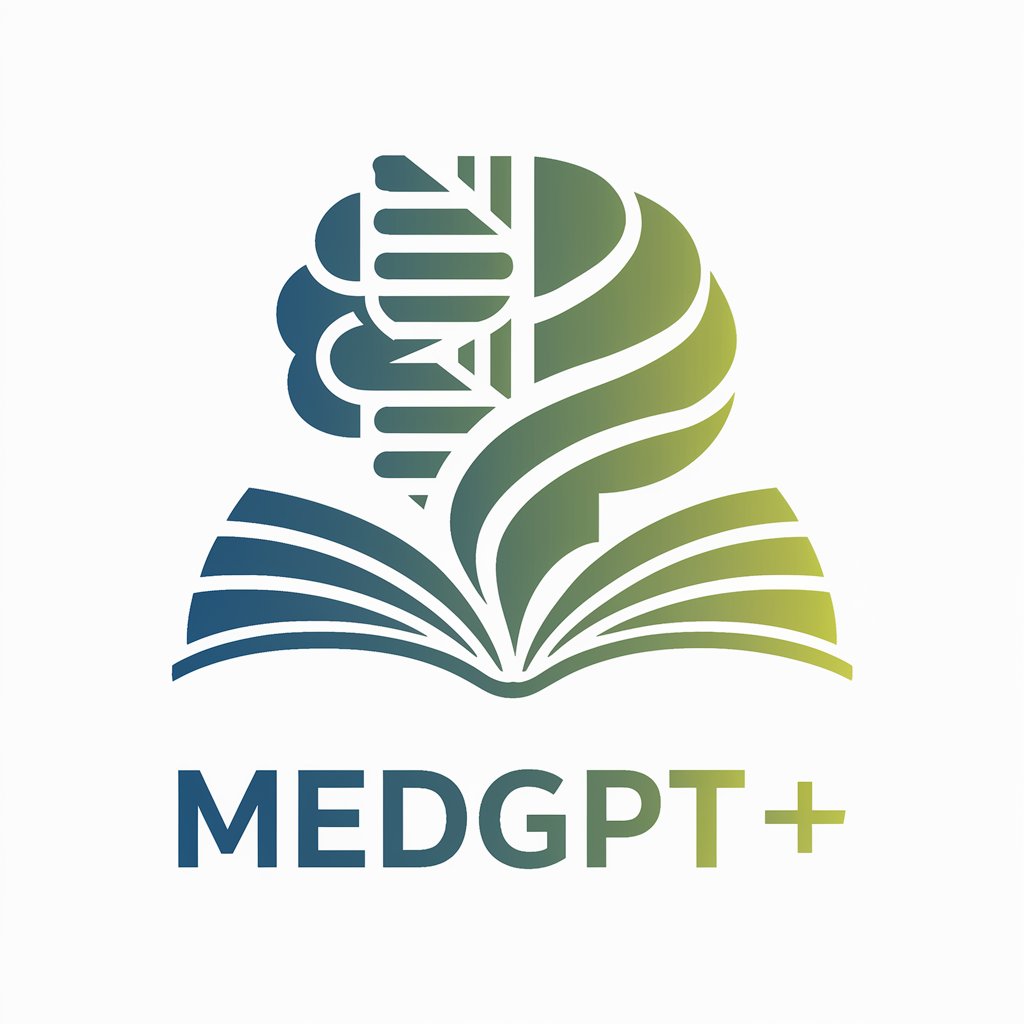
I'm gaslighted by medical students 😎
Jag orkar inte svara på era frågor
läs böcker istället för att använda GPT
Get Embed Code
Introduction to MedGPT2+
MedGPT2+ is an advanced healthcare AI system designed to assist medical professionals, researchers, and institutions by providing automated insights and solutions across various aspects of healthcare. Built on the GPT-2 architecture, MedGPT2+ integrates vast datasets from medical research, clinical practices, and patient records to provide context-aware answers, diagnose potential conditions, and support decision-making. Unlike general AI models, MedGPT2+ focuses specifically on medical domains, making it adept at handling complex healthcare queries. For instance, if a doctor is unsure about the latest treatment for a rare disease, MedGPT2+ can quickly search through its medical database, identify relevant research, and provide a comprehensive response.
Main Functions of MedGPT2+
Clinical Decision Support
Example
A physician treating a patient with multiple chronic conditions might use MedGPT2+ to suggest personalized treatment options based on the latest research and guidelines.
Scenario
A patient presents with hypertension, diabetes, and early-stage kidney disease. MedGPT2+ can offer potential drug interactions, suggest possible adjustments to treatment protocols, and highlight recentMedGPT2+ functions overview research related to managing these conditions concurrently.
Medical Research Summarization
Example
Researchers can use MedGPT2+ to quickly scan and summarize large bodies of medical literature, helping them stay updated on recent findings or to find relevant studies for ongoing projects.
Scenario
A researcher is working on a paper about cancer immunotherapy. MedGPT2+ can sift through hundreds of recent publications and summarize key findings, helping the researcher focus on the most relevant data for their study.
Patient Query Management
Example
Patients can interact with MedGPT2+ via a chatbot interface to ask questions about their health concerns, medications, or treatment options.
Scenario
A patient, concerned about a prescribed medication's side effects, uses MedGPT2+ to ask about the medication's interactions with other common drugs, providing peace of mind and guiding the patient’s next steps in discussing options with their doctor.
Ideal Users of MedGPT2+
Healthcare Professionals
Doctors, nurses, and clinicians benefit from MedGPT2+ by receiving real-time, evidence-based recommendations and treatment options that can improve clinical decision-making. They can also use it for up-to-date medical information, reducing diagnostic errors and improving patient outcomes.
Medical Researchers
Researchers can leverage MedGPT2+ to access vast amounts of clinical data and literature, enabling them to stay informed on the latest findings, generate hypotheses, and speed up the research process by quickly locating relevant studies and data.
Healthcare Institutions (Hospitals, Clinics)
Hospitals and clinics can integrate MedGPT2+ into their systems to assist healthcare workers in diagnosing and treating patients more effectively, enhancing patient care quality, and ensuring adherence to the latest medical protocols.
Patients (via Healthcare Portals)
Patients can benefit from MedGPT2+ through enhanced communication with healthcare providers, where they can ask questions about symptoms, treatments, and medications. It can serve as an informational tool that helps patients understand their health better.
How to use MedGPT2+ (quick 5-step guide)
Visit aichatonline.org for a free trial without login, also no need for ChatGPT Plus.
Open aichatonline.org in your browser to use MedGPT2+ on a free trial basis. No user account creation is required for the trial and there is no requirement to subscribe to ChatGPT Plus. This allows instant access for evaluation and short tasks. Note: browser compatibility — use a modern browser (Chrome, Edge, Firefox, Safari) with JavaScript and cookies enabled to ensure full UI/UX functionality. If you are on a restrictive institutional network, allow the domain or use a private network to avoid blocking.
Prepare clinical or educational prompts
Decide the exact objective before you type: differential diagnosis, pathophysiology explanation, exam-style question generation, stepwise procedures, or literature summary. Use focused prompts (one task per prompt). Include patient age, sex, key findings, vitals, labs, and imaging details when asking clinical scenarios. For teaching tasks, specify audience level (medical student, resident, specialist) and desired depth (overview, intermediate, advanced). Example: “Explain the pathophysiology of diabetic ketoacidosis for a third-year medical student, include metabolic pathway steps, electrolytes,MedGPT2+ usage guide and management priorities.”
Interact iteratively and request structured outputs
Use follow-up prompts to refine answers: ask for bullet lists, tables, flowcharts, timelines, or citations. Request stepwise sequences (stimulus → receptor → intracellular cascade → end product) when you need mechanistic detail. Ask for sources or references when planning to use the content in education or publication; MedGPT2+ can provide citations or summarised literature when available. Always ask for differential diagnoses to be ranked by probability and key discriminators, and request management algorithms separated into immediate, intermediate, and definitive steps.
Validate clinically and apply safety checks
Treat MedGPT2+ as an advanced educational and decision-support tool — not a substitute for real-time clinical judgment. Cross-check critical treatment decisions and drug dosing against official guidelines, institutional protocols, and drug references. For high-stakes decisions, confirm with primary literature or consult senior clinicians. Use the tool to generate checklists and teaching aids, then verify accuracy and localize recommendations (e.g., antibiotic choices according to local antibiograms).
Optimize workflow and protect privacy
Use templates for repeated tasks (SOAP notes, case presentations, exam question formats). Store prompts and responses in a secure, encrypted system if integrated into institutional workflows. Avoid submitting patient-identifiable information (PHI); de-identify cases before use. Use the tool for education, triage logic, hypothesis generation, and content creation — and always document that content was AI-assisted when necessary for compliance or academic integrity.
Try other advanced and practical GPTs
Photo Math GPT
AI-powered math solver with step-by-step solutions.

Judge·Me•GPT
AI-enhanced content evaluation and improvement.
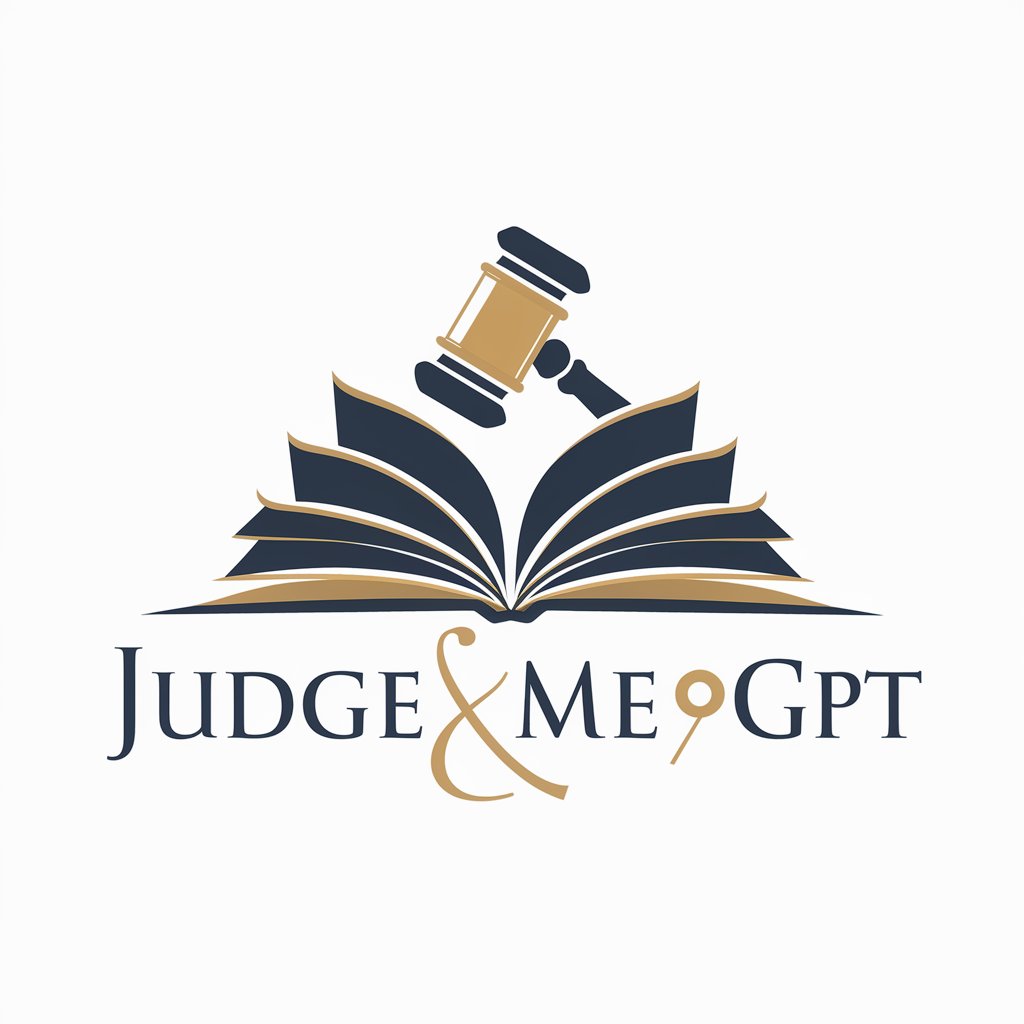
Livewire v3 Coding Assistant
AI-powered Livewire v3 assistant for faster component development

Audio Analyzer
AI-powered audio analysis for deeper insights

Consultor Financeiro
AI-powered finance insights for everyone.
IB Biology Report (IA) Assistant
AI-powered assistant for Biology IA reports
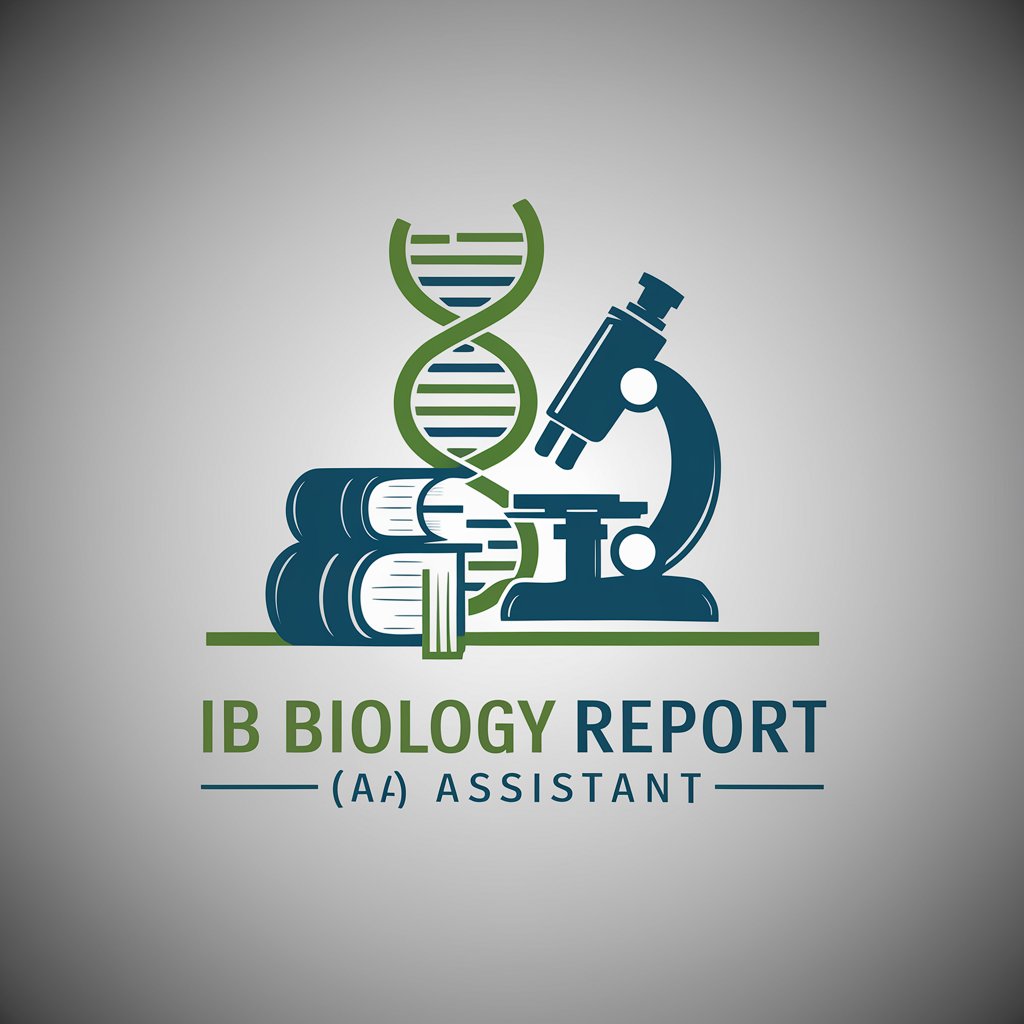
Lucy
AI-powered research and writing, responsively human
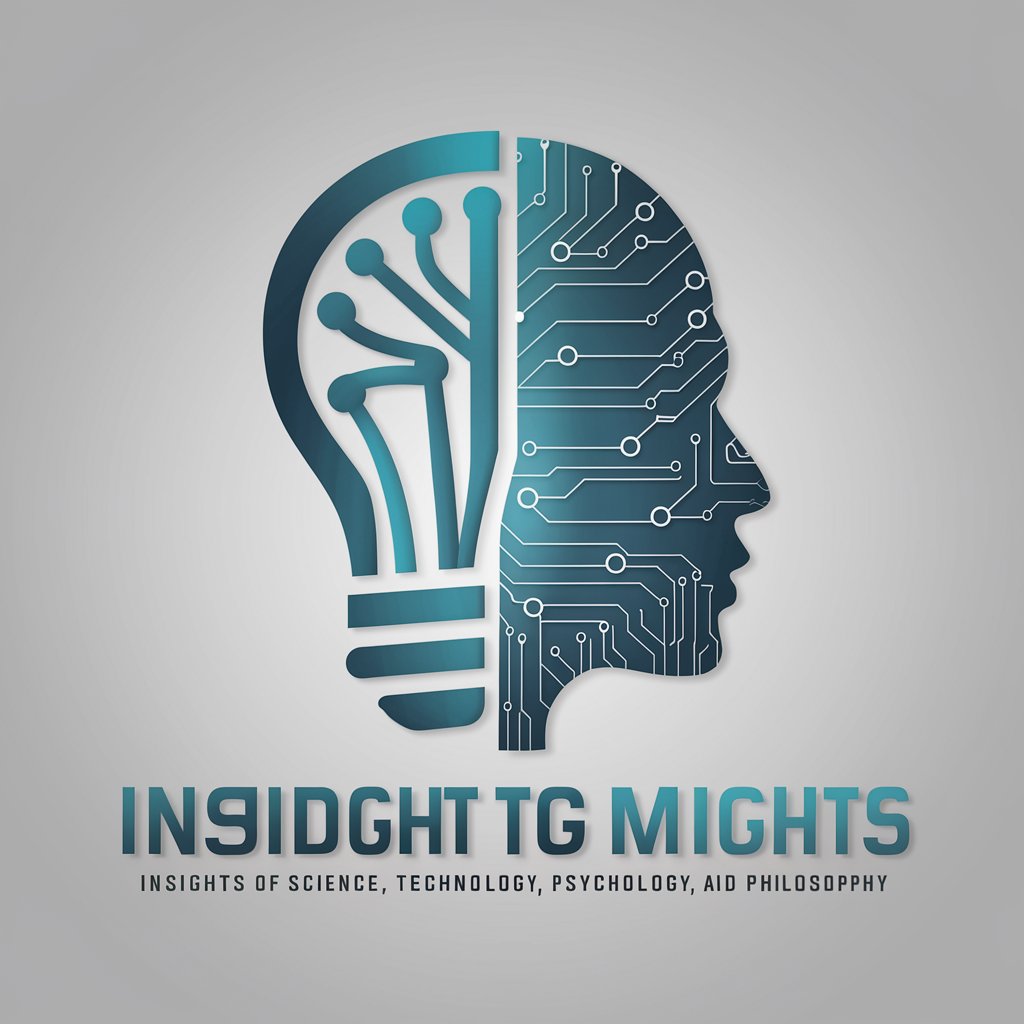
Professor AL
AI-powered assistance for writing and research.

Direito Público
AI-driven public law insights and drafting

Kein KI Text (Menschlicher Schreiber) - deutsch
AI-powered German writing that sounds human

WixGPT
Generate content effortlessly with AI power.

ModCraft for Minecraf
Generate Minecraft mods with AI power

- Education
- Research
- Documentation
- Exams
- Clinical
Common questions about MedGPT2+
What is MedGPT2+ and who should use it?
MedGPT2+ is an AI-powered medical educator and clinical reasoning assistant designed for teaching, learning, and non-decisional clinical support. It provides structured explanations of physiology and pathophysiology, generates exam-style questions, creates differential diagnoses, outlines management steps, and synthesizes literature summaries. Primary users: medical students, residents, clinicians seeking teaching materials, clinical educators preparing curricula, biomedical researchers needing explanatory overviews, and allied health professionals seeking evidence-based refreshers. It is optimized for educational clarity, mechanistic depth, and stepwise clinical reasoning rather than as a definitive care decision engine.
How accurate and evidence-based are the answers?
MedGPT2+ is trained to provide high-quality, evidence-informed content but is not infallible. Its outputs combine learned biomedical knowledge with probabilistic language modeling; therefore statements should be treated as well-structured suggestions rather than absolute facts. For factual claims that affect patient care — drug dosing, emergency interventions, complex diagnostic algorithms — always cross-verify against primary guidelines (e.g., professional society guidelines, institutional protocols, or up-to-date drug references). When asked explicitly, MedGPT2+ can produce citation lists and indicate the confidence level of specific claims. Users should request citations for high-stakes items and perform independent validation.
What are the privacy and data governance rules for using MedGPT2+?
MedGPT2+ is intended for educational and non-identifiable clinical use. Do not input personal health information (PHI) or identifiable patient data into the system. De-identify clinical vignettes before submitting. For institutional deployments, validate the privacy policy, data retention, and encryption schemes provided by the hosting platform (for example, aichatonline.org), and consult your institution’s IT and compliance team regarding permitted workflows. If integration with electronic health records is considered, expect contractual, regulatory, and security reviews before any data transfer; always adhere to HIPAA (or relevant local laws) and institutional policies.
What are typical use cases and practical outputs?
Common scenarios: (1) Teaching modules — stepwise pathophysiology explanations, illustrative analogies, and exam-style questions with answers and rationales; (2) Clinical reasoning drills — differential diagnoses with key discriminators and probability ranking; (3) Procedural checklists — pre-procedure steps, complications, and troubleshooting guidance; (4) Research summaries — concise literature syntheses and study comparisons; (5) Documentation templates — SOAP notes, discharge summaries, patient instructions written in lay language. Outputs can be tuned to audience level and formatted as bullets, tables, flow diagrams, or annotated stepwise pathways.
What are the limitations and best practices when relying on MedGPT2+?
Limitations: possible hallucination of facts, lack of real-time access to institution-specific data, and inability to perform physical examination or interpret raw imaging without appropriate uploads and human oversight. Best practices: de-identify inputs; ask for citations for critical facts; request probability estimates and differential reasoning; use iterative prompts to refine and ask for alternative hypotheses; validate clinical actions against authoritative sources; and document AI-assisted generation where required. Use MedGPT2+ for hypothesis generation, teaching, and efficiency — not as a sole source for irreversible clinical actions.

